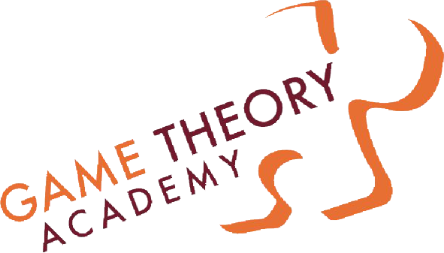Michele just graduated her third group of GTA students. As a self-proclaimed visual learner, Michele often comes up with creative ways to map out the decisions and questions posed by students as they plunge through the GTA toolkit in class.
[slideshow]
In GTA, we teach students that when you make strategic decisions, you start by setting a goal. Then, you choose a strategy to reach that goal that best reduces uncertainty of outcomes.
The GTA lesson on Opportunity Cost and Strategic Thinking is a fun lesson where everything we’ve learned begins to come together. In my last group, a student named Arai offered up an example that helped deepen everyone’s understanding of opportunity cost, trade-offs and strategy.
Arai, a bright young lady in her first year of college, shared how she had previously assumed that if she just a really good job on her homework, she would get an A in her college math class. While this strategy worked for her in the past, this didn’t work for a challenging college course.
I asked Arai if she had a strategy for how she was going to get that A. She did not. I turned to the board and drew a “you are here” box to make our discussion more concrete. As I mentioned, she had believed that doing all her homework would get her the A. When she failed a quiz, she changed strategies. “I can study my book and do all my homework,” she told herself. That helped a little, but she still wasn’t getting consistent A’s. I asked her what else she did to prepare for the class, and she mentioned actively seeking study groups and a tutor. Still, even with all of that academic support, she failed another test.
At her wits end, the semester was coming to a close, and Arai decided to do what most youth of this generation do – she turned to the Internet. She was able to find answers to her study questions online, and combined that with all her other tactics, she finally accomplished her goal of getting an A in this difficult college math class.
Through the whiteboard diagram of her decision-making process, Arai’s GTA classmates were able to see how after each of Arai’s decisions, there was plenty of uncertainty that she could not control. As she refined her strategy, she faced less and less uncertainty about the grade.
Mapping her decision-making process was also a great way to show the students how accomplishing goals hardly ever follows a straight path. Sometimes you have to test out strategies and revise several times before you get it right. Knowing how to revise your strategy is a much more valuable skill than trying to nail the right strategy from the very beginning.
